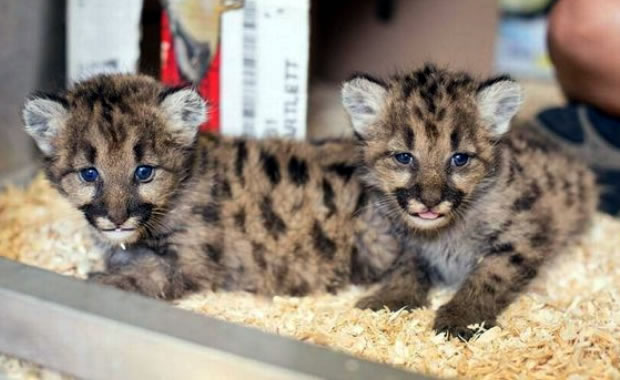
Queen Alexandra's Birdwing Butterfly
|
Creature Profile
The Queen Alexandra's birdwing butterfly is a very rare species and only found in one location east of the Owen Stanley Mountains in northern Papua New Guinea. This butterfly was named after Queen Alexandra of England (1844-1925). Adult females can reach up to 3.2 inches in head and body length and their wingspans can grow up to ten inches long making this creature the largest butterfly in the world. Males are smaller and much brighter in color than females with blue and green markings and a bright yellow abdomen. Females are brown with cream spots and a cream-colored body with a red tuft of fur on the thorax.
The Queen Alexandra's birdwing butterfly is a tropical butterfly and prefers lowland coastal rainforest for its habitat. As a caterpillar, it feeds on its own eggshell immediately after hatching, then it feeds on the aristolochia plant (Aristolochia schlecteri). This plant contains a poisonous substance that when digested makes the caterpillar become distasteful to predators. Adults do not eat but only sip the nectar plants with their proboscis (long, tube-like tongue). To reproduce, these butterflies depend on the aristolochia, and it is the only plant in the area where females will lay their eggs so that the young caterpillars may feed on the leaves after hatching.
This butterfly is restricted to only a few valleys in Papua New Guinea making it susceptible to habitat loss due to agriculture, logging, and human encroachment. Also this species attracts collectors who prize this butterfly's beauty, size and coloration, resulting in capture and shipment to other countries. Since the species is listed as endangered, it is now illegal to capture and sell specimens.
Wikipedia Article

|
Wikipedia Article Copyright Notice: This article is licensed under the GNU Free Documentation License. It uses material from the Wikipedia article "Queen Alexandra's birdwing". |
May 9, 2017
Glenn, C. R. 2006. "Earth's Endangered Creatures - Queen Alexandra's Birdwing Butterfly Facts" (Online). Accessed 4/25/2024 at http://earthsendangered.com/profile.asp?sp=52&ID=4.
Need more Queen Alexandra's Birdwing Butterfly facts?



